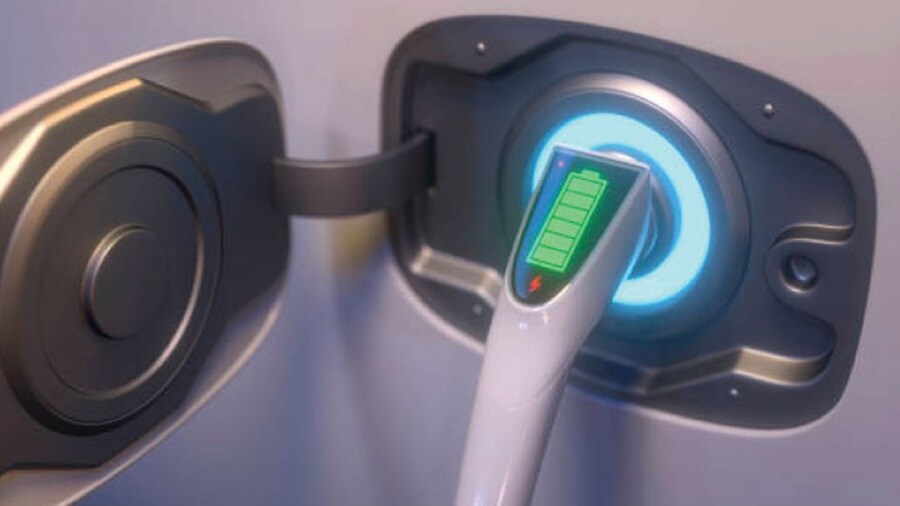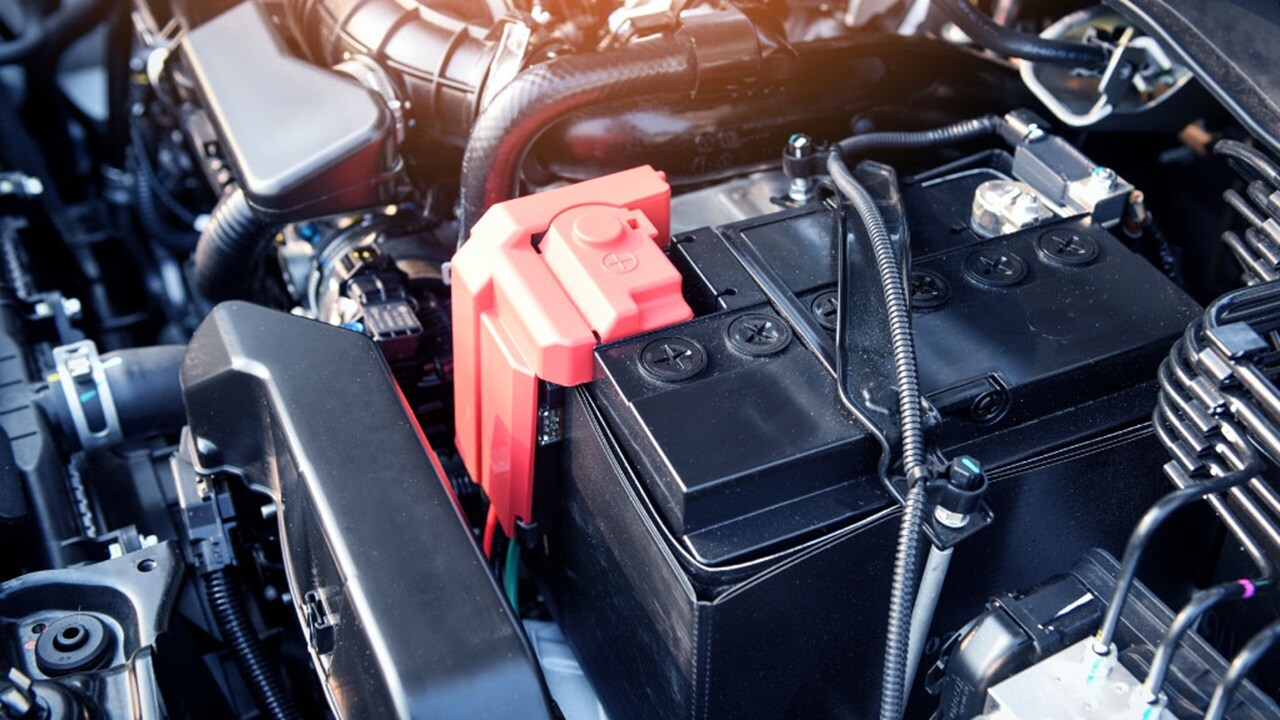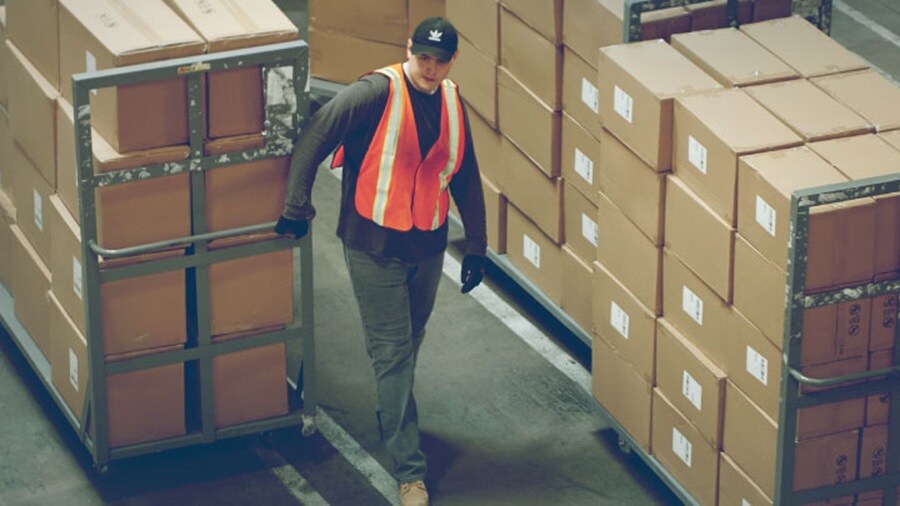The current state of Electric Vehicles in the Latin American automobile industry
The Latin American manufacturing industry has undergone a significant shift in recent decades. In the post COVID19 revival, the automobile industry has emerged as one of the key drivers in the growth of the economy, with an expected CAGR of 5% in the period 2021-2026.
There is a massive export demand as the region has become a viable alternative for nearshoring operations for its neighbouring markets. Being a hotspot for potential investors globally, the industry is expected to recover with good numbers in the coming quarter.
Global sustainable development endeavors along with consumer demand for eco-friendlier transport alternatives will shift the industry focus towards electric vehicles, specifically electric cars. While high cost, limited charging infrastructure and range anxiety have hindered consumers from adopting EVs, government policies like tax exemptions and movement restrictions on gas-powered vehicles in main cities will have a far-reaching effect. Certain markets like Mexico and Chile show potential for faster adoption of personal vehicles while Brazil has already made developments towards the adoption of EVs in the commercial passenger and goods carrier vehicles.
Transitioning from 'fuel' to 'charge'
Latin America is on the brink of transitioning its transport sector to electric vehicles with:
- One of the cleanest electricity matrices in the world.
- 60% installed capacity from renewables (higher than the global average).
- The fastest growing car fleet in the world.
- An expected car fleet growth to hit 200 million by 2050.
Hybrid Electric Vehicles (HEV) and Plug-in Hybrid Electric Vehicles (PHEV) have shown tremendous growth, addressing the concerns around limited charging infrastructure in the region. Consumers prefer to have both the options of fuel and electric power, giving them a higher degree of mileage and autonomy compared to traditional Battery Electric Vehicles (BEV).

According to a study by international consultancy firm Frost & Sullivan, around 114,700 HEV are forecasted to be commercialized throughout the region, representing a year-on-year growth rate of 26%. Meanwhile, PHEV sales are expected to top 20,300 units (+ 36% CAGR) by 2025 and BEV should top 23,300 units (+50% CAGR).
By 2025, HEV and EV sales in Latin America’s nine emerging electric mobility markets, i.e., Argentina, Brazil, Chile, Colombia, Costa Rica, Ecuador, Mexico and Paraguay are expected to rise to more than 158,300 units, an increase of more than 30% from 2018
How should OEM manufacturers prepare for demand and market penetration?
For manufacturers, production in any class of electric vehicles requires a robust supply chain for parts and components that can account for multiple bottlenecks like supply chain disruption, storage and transport regulations, government policy changes, etc.
Global repercussions of Covid-19 and an increase in demand for home and personal electronic items drove electronic equipment companies to increase their inventories by a considerable margin. The situation led to a semiconductor shortage that profoundly impacted car manufacturers, as electronics can represent up to 47% of a car’s cost and total composition.
Some of the components of electric vehicles are hazardous materials (like batteries) that require expertise and certifications to be transported and OEMs must ensure their logistics partner has the required capabilities to avoid problems. In fact, “one of the biggest challenges that OEM manufacturers are facing, particularly in Europe and North America, is having a robust enough supply chain for batteries, because of the specific handling and storage requirements” confirms John Carmichael, Global Head of the Automotive vertical at A.P. Moller-Maersk.
Electric vehicle manufacturing involves a complex supply chain of components in a just-in-time dynamic. Complete visibility and control are key to ensuring an efficient supply chain that can plug in vendors/suppliers that are traditionally not from the automobile industry. According to John Carmichael, Global Head of Automotive vertical at A.P. Moller-Maersk, it will be interesting to note whether manufacturers opt for regionalisation or an import strategy for their battery procurement.

How regulatory amendments are changing the auto landscape in Latin America
Under the agreements outlined in the North American Free Trade Agreement (NAFTA), Mexico is a potential supplier with outbound production to the US. The country is also offering incentives such as exemption from the federal new car tax (ISAN, but its Spanish acronym) for electric-hybrid and hydrogen vehicle owners. These incentives have boosted the electric and hybrid vehicle market. A clear indication of this is that in 2019, electric and hybrid vehicles from January through September show a total of 955,393 units consisting entirely of hybrids.
Brazil will have investments focused on the development of EVs in the public transport and goods sector with huge opportunities for technologies such as flex-hybrids with one of the largest markets for internal consumption itself.
Since 2018, Colombia has had a regulatory framework in place to promote EVs, with various laws that reduce taxes and eliminate restrictions on transit, as is the case for conventional cars. They intend to have 600,000 electric vehicles on Colombian roads by 2030.
Chile has had a National Electromobility Strategy since 2016, which aims to electrify 40% of the private fleet by 2050. The government expects its public, private and commercial fleet of EVs to reach 5 million by mid-century. If achieved, this is estimated to reduce CO2 emissions by 11 million tons per year.
Key markets like Chile, Mexico and Brazil will be impacted by the global sustainability agenda. From a regulatory perspective, on the production side, the storage, safety and handling aspects will be influenced by the automotive assembly lobbies in each country, which are very big in Mexico and Brazil. Lack of a solid framework that supports the assembly line will result in a major roadblock in the future development of the automobile sector in these countries.
Challenges for electric car manufacturers
The biggest challenge in developing the HEV/PHEV segment for automobile manufacturers will be managing two parallel supply chains to cater to the IC engine components and procurement of electronic parts and batteries.
According to our experts, the transition from IC engine vehicles to electric vehicles will be further challenging for manufacturers in terms of product design complexity and the number of parts used. Offering alternate powertrains would require OEMs to relook at their supply chain from multiple angles just-in-time, efficiency, agility to respond to internal and external disruptions and ability to scale up as per demand.
In addition, they will have to prioritise building an ethical and sustainable supply chain, as that’s their industry’s and customers’ need of the hour. Manufacturers will also have to strengthen their after-sales supply chain vertical as the shift from IC engines to EVs (HEV, PHEV, BEV) would require companies to accurately forecast the demand of spare parts and components for the next 10 years. They must have a robust model for regular repair/maintenance of batteries at their disposal.
In the near future, it will be tough for OEMs to outsource their reverse logistics to a partner with the right technical knowledge. This is primarily due to the rules and regulations on battery handling/storage due to the rules and regulations on battery handling/storage on a mass-management level.

The dangerous goods component of batteries for transportation is not necessarily the flammability but the environmental and pollution aspect. Companies would not like to see a battery pack with their logo polluting a landfill.
Reverse logistics for batteries also opens opportunities for OEMs to collaborate as they would require similar facilities for recycling and disposal. Partnering with key players in battery disposal would drive down costs and reduce its environmental impact. “As the current scenario is playing out, there is a broader willingness to collaborate across OEMs, even in the production supply chains. We have been discussing with some OEMs whether it will make sense to collaborate and have multi-customer battery warehouses instead of a single customer warehouse. Because of the cost pressure and investment requirement, we are all very much open to that discussion” adds John Carmichael.

OEMs wish for complete inbound visibility to identify inefficiencies in their supply chain and address their primary need to store close to their production facilities and manage battery flows in a controlled manner. To stay prepared for unforeseen disruptions, supply chain management, data integration and automation will be key features on tools to provide access to unrestricted information.
Solutions that champion supply chain visibility, transportation and destination management will be equally crucial for any logistics provider to cement their presence in the market.
未来,您想随时了解必读行业趋势吗?
您已经完成了,欢迎“登船”!
出错了
未来,您想随时了解必读行业趋势吗?
使用此表格注册,即可直接在您的邮箱中接收我们的洞察见解,进入一个真正的综合物流世界。简单操作,即从我们为您量身定做的精选文章中获得启发,了解相关行业洞察信息。您可以随时取消订阅。













